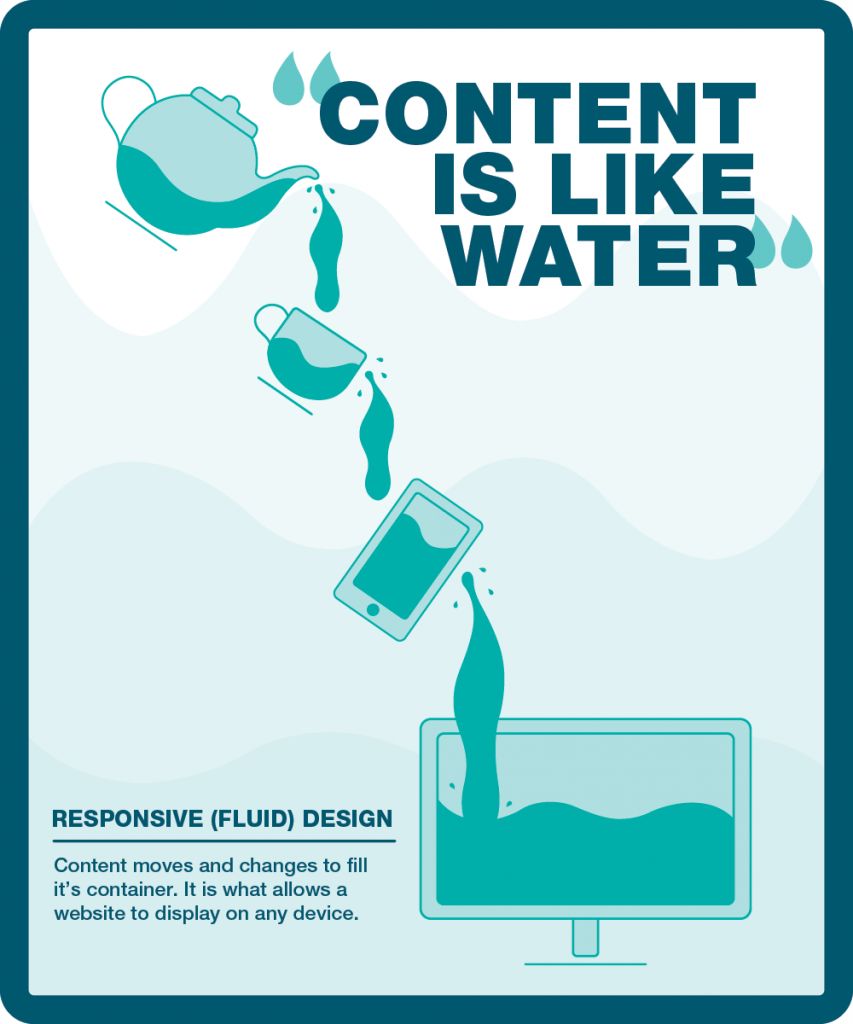7.7. Building a Mobile App
In many ways building an application for a mobile device is exactly the same as building an application for a traditional computer. Understanding the requirements for the application, designing the interface, and working with users are all steps that still need to be carried out. So what’s different about building an application for a mobile device? There are five primary differences:
- Breakthroughs in component technologies. Mobile devices require multiple components that are not only smaller but more energy-efficient than those in full-size computers (laptops or desktops). For example, low-power CPUs combined with longer-life batteries, touchscreens, and Wi-Fi enable very efficient computing on a phone, which needs to do much less actual processing than their full-size counterparts.
- Sensors have unlocked the notion of context. The combination of sensors like GPS, gyroscopes, and cameras enables devices to be aware of things like time, location, velocity, direction, altitude, attitude, and temperature. Location in particular provides a host of benefits.
- Simple, purpose-built, task-oriented apps are easy to use. Mobile apps are much narrower in scope than enterprise software and therefore easier to use. Likewise, they need to be intuitive and not require any training.
- Immediate access to data extends the value proposition. In addition to the app providing a simpler interface on the front end, cloud-based data services provide access to data in near real-time, from virtually anywhere (e.g., banking, travel, driving directions, and investing). Having access to the cloud is needed to keep mobile device size and power use down.
- App stores have simplified acquisition. Developing, acquiring, and managing apps has been revolutionized by app stores such as Apple's App Store and Google Play. Standardized development processes and app requirements allow developers outside Apple and Google to create new apps with a built-in distribution channel. Average low app prices (including many of which that are free) has fueled demand.
In summary, the differences between building a mobile app and other types of software development look like this:
| Component Technologies | Sensors | Apps | Cloud | Stores |
|---|---|---|---|---|
| Lower Power CPU Batteries Touchscreens Wi-FI |
Unlock notion of context: -time -Location -Velocity -Direction -Altitude -Temperature |
Simple Purpose-built |
External Processing Data Access |
Simpler to build Easy to buy |
Building a mobile app for both iOS and Android operating systems is known as cross platform development. There are a number of third-party toolkits available for creating your app. Many will convert existing code such as HTML5, JavaScript, Ruby, C++, etc. However, if your app requires sophisticated programming, a cross platform developer kit may not meet your needs.
Responsive Web Design

Responsive Web Design (RWD) focuses on making web pages render well on every device, such as desktops, laptops, tablets, and smartphones. Through the concept of fluid layout, RWD automatically adjusts the content to the device on which it is being viewed. You can find out more about responsive design here.
"Chapter 10: Information Systems Development" from Information Systems for Business and Beyond (2019) by David Bourgeois is licensed under a Creative Commons Attribution-NonCommercial 4.0 International License, except where otherwise noted.

